Costa Rican Monsherry Red Honey Coffee treatment Coffee beans characteristic Story
Professional coffee knowledge exchange more coffee bean information please follow the coffee workshop (Wechat official account cafe_style)
[Costa Rica Mon Shirley]
Country: Costa Rica
Producing area: Grecia in the western valley
Altitude: 1550 m
Manor: Artemia Manor
Processing plant: Cerro St. Louis
Treatment method: red honey treatment
Variety: Saqimo Sarchimor
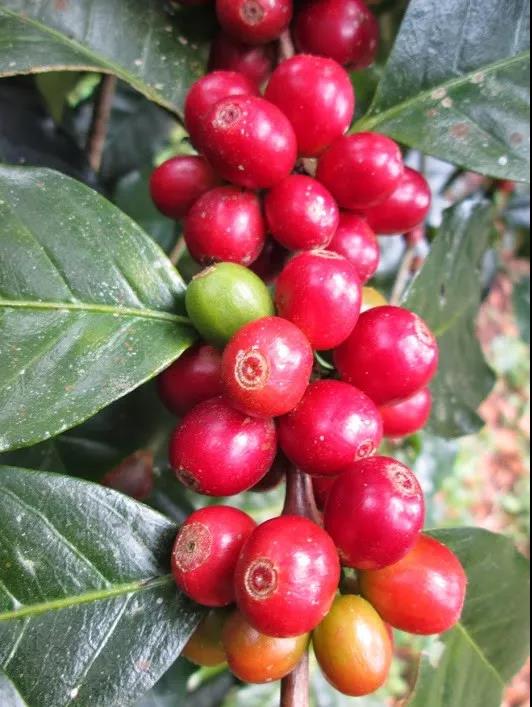
01 | introduction of the processing plant
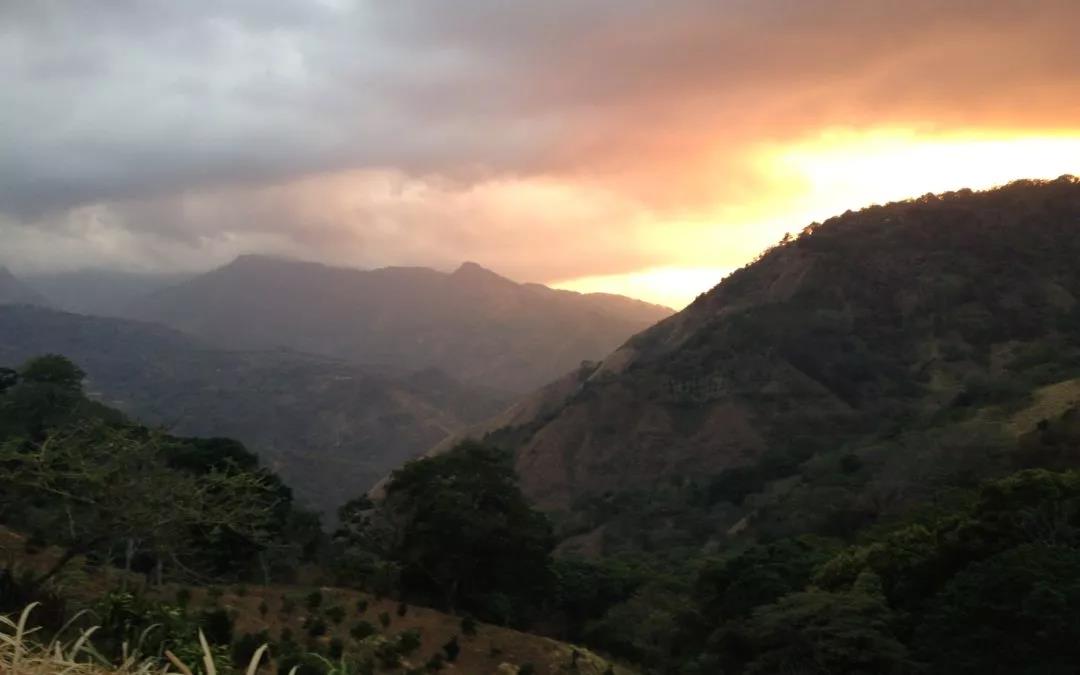
The Cerro St. Louis microprocessing plant is located in the western valley of Costa Rica, or more accurately, at the foot of the Poas volcano. Eight years ago, the processing plant worked with the producers of the fourth-generation coffee family, when the coffee market was not good and could only be sold at a very low price. They put unprecedented energy and passion into producing and growing coffee in order to put an end to such a bad situation as soon as possible. Alexander, one of the coffee producers, said that in the past eight years, he has been learning the necessary knowledge of coffee cultivation, improving the quality of coffee year by year, and pursuing a better and better experience for customers.
02 | processing method
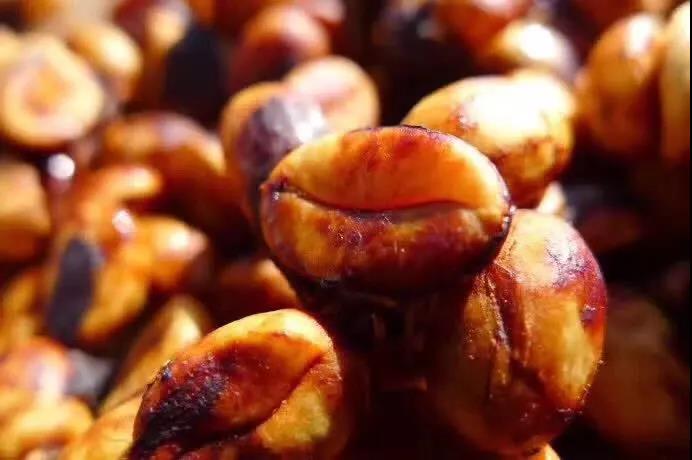
The treatment of coffee beans with Costa Rican honey is an intermediate treatment between tanning and washing. It keeps the coffee clean by washing, and because it is dried in the sun together with the pulp mucosa, it greatly increases the sweetness and caramel flavor of the coffee (the sugar content of the pulp mucosa is extremely high). Honey treatment first appeared in Costa Rica in Central America, mainly because of the lack of water resources in some high-altitude areas of Central America, so the coffee fruit was dried in the sun together with the pulp mucosa after using the pulp sieving machine.
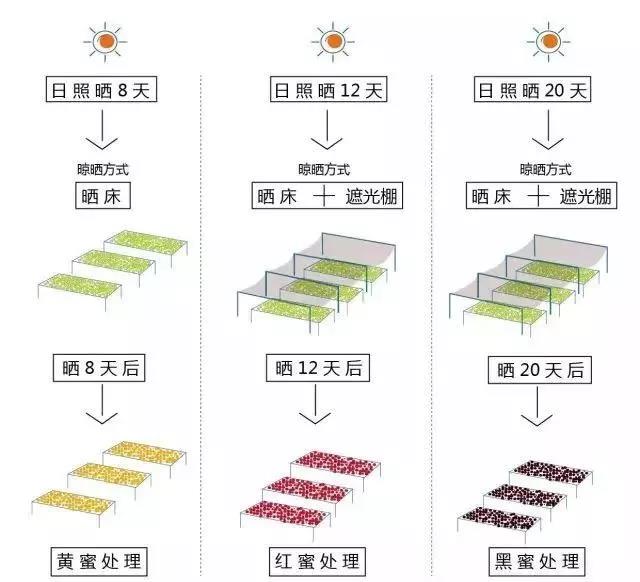
Pectin mucous membrane is the part with the highest content of coffee fructose, and it is also an important part of coffee fermentation. It can be said that 80% of this part determines the supply of nutrients in the process. Yellow honey retains 60% pectin, red honey retains 75% pectin, and black honey hardly removes pectin.
Red honey retains about 75% of the pectin; it dries longer than yellow honey, and reduces direct exposure to sunlight, even in shading sheds, lasting about 12 days.
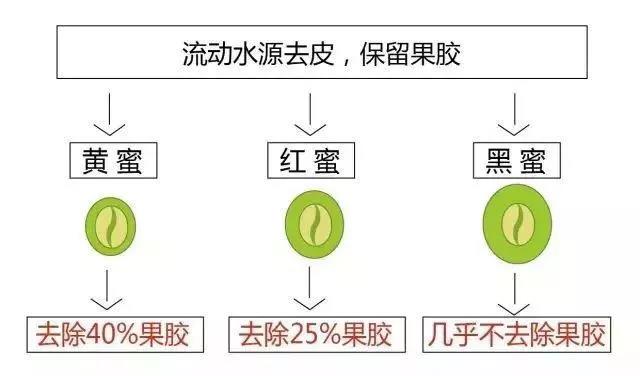
03 | Analysis of raw beans
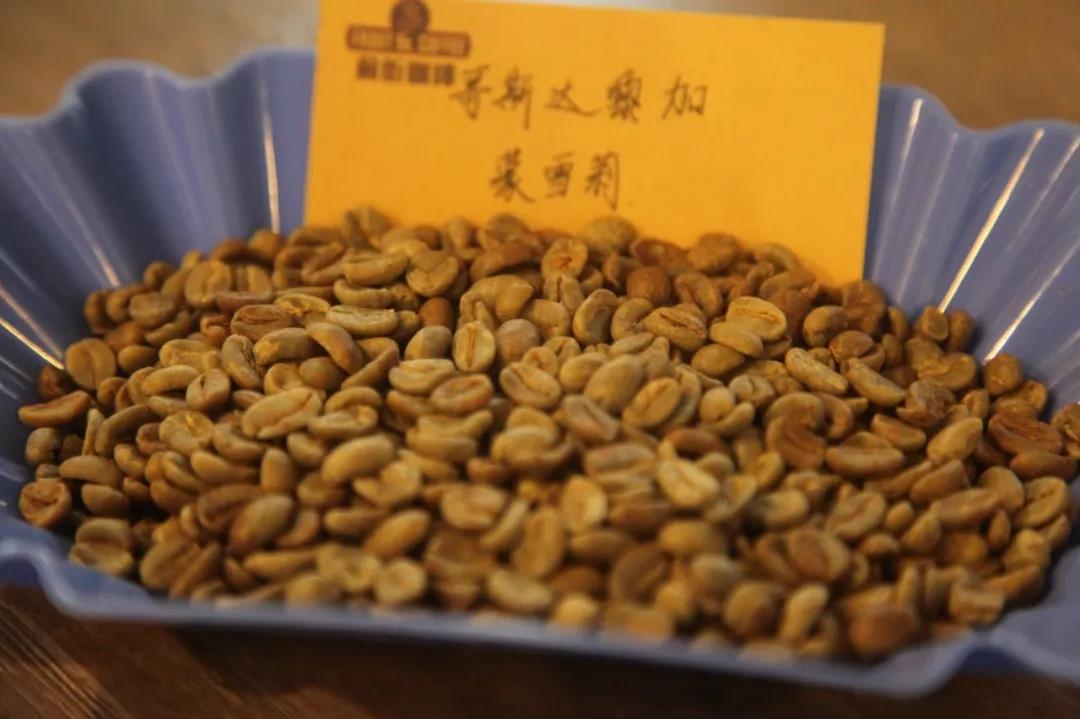
Saqimo Sarchimor was first discovered by the Portuguese breeding Research Institute and was distributed to coffee-growing countries in Brazil, Central and South America after research and breeding.
Saqimo and Catimor are the two most important mothers of disease-resistant bean seeds in the world. Their disease resistance comes from Timo, while the flavor comes from another bean seed. For example, in Sacramento, the flavor comes from Vera Saatchi, while Katim's flavor comes from Kaddura. Although Saqimo's cultivation is not as extensive as that of Katim, it has considerable production in Costa Rica and Brazil, while the disease-resistant beans derived from Sachimo are not numerous, such as Cuscatleco, IAPAR 59, Limani, Marsellesa, Parainema and so on.
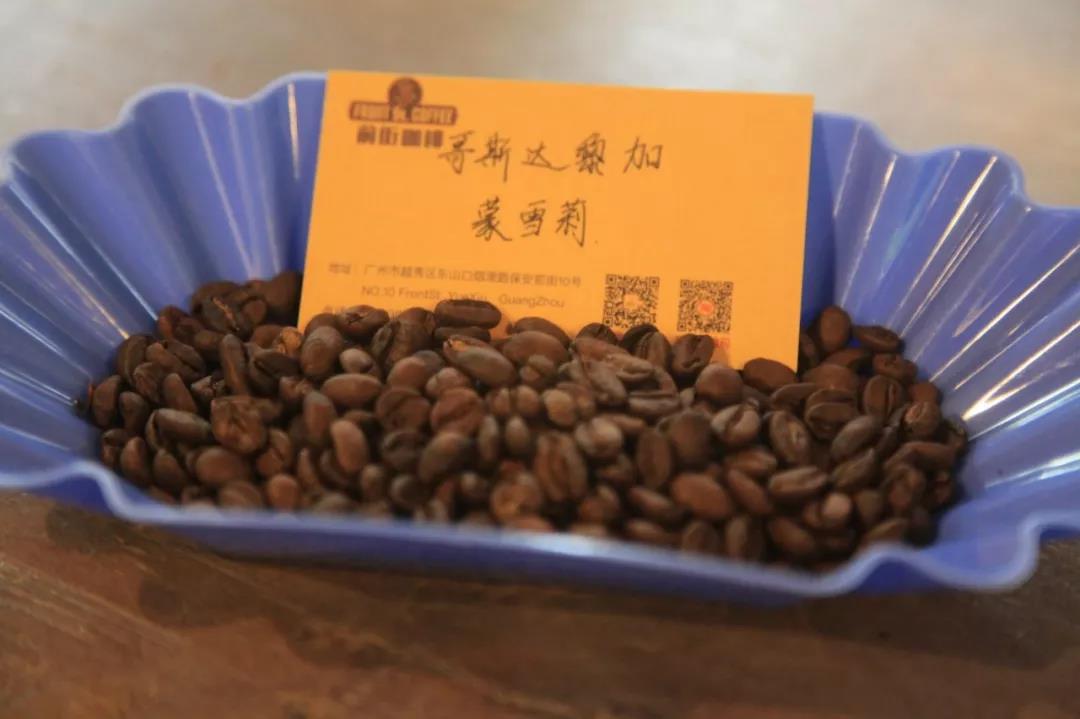
04 | Baking analysis
This Costa Rican honey-treated coffee bean has medium size, medium density, medium bean quality, and high moisture content of the newly produced kidney beans. In the baking process, the heat absorption is also relatively fast, the Mena reaction process is also relatively fast, the yellowing point is about 5 minutes, in the first batch of baking, the bean temperature is relatively high, the bean temperature is 200 degrees, and the firepower is also relatively high. in the baking process, gradually adjust the firepower according to the need, in the bean into the yellowing point, dehydration finished, an explosion precursor respectively adjust the firepower to avoid bean burns. Under this method of operation, the dehydration time of coffee is relatively shortened, heating up at a rate of 6-8 degrees every 30 seconds and entering an explosion earlier to retain clean and bright acidity.
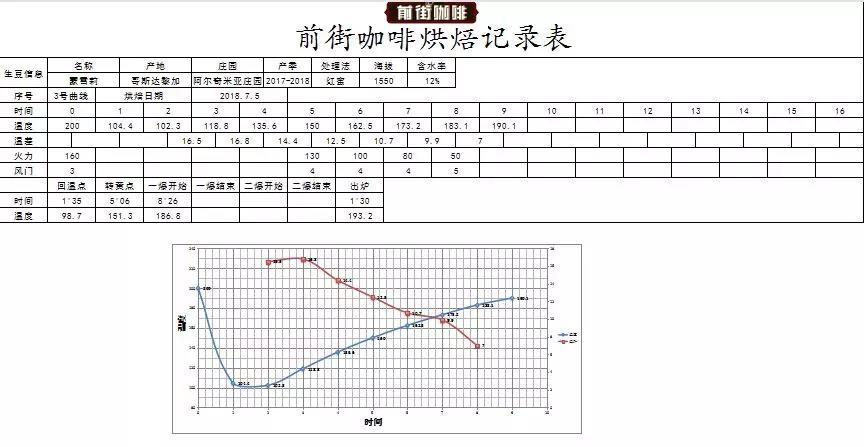
Roaster Yangjia 600g semi-direct fire
Enter the pot at 200 degrees Celsius, adjust the firepower to 160 degrees after opening the throttle for 30 seconds, keep the throttle unchanged, the temperature return point is 1: 35 ", keep the firepower, at 5: 06" the bean surface turns yellow, the smell of grass disappears completely, enter the dehydration stage, the firepower is reduced to 130 degrees, and the throttle is adjusted to 4.
The dehydration of the 7th '50th' was finished, and ugly wrinkles and black markings appeared on the bean surface when the firepower dropped to 80: 10, and the smell of toasted bread obviously changed to coffee, which can be defined as a prelude to an explosion. At this time, listen carefully to the sound of the explosion point. "start the explosion at 8: 26", adjust the firepower to 50, the throttle is fully open 5 (the firepower should be very careful, not so small as to be free of bursting sound), and develop 1: 30 "after an explosion." Put it in the pot at 193.2 degrees.
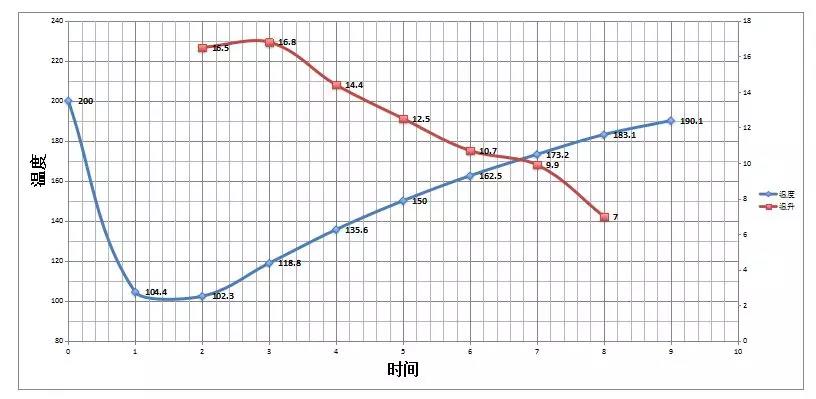
This Costa Rican honey treats coffee beans with sour sweetness and softness, with citric acid and apple flavor in the front, grapefruit peel in the middle, caramel sweetness and melon seeds in the back.
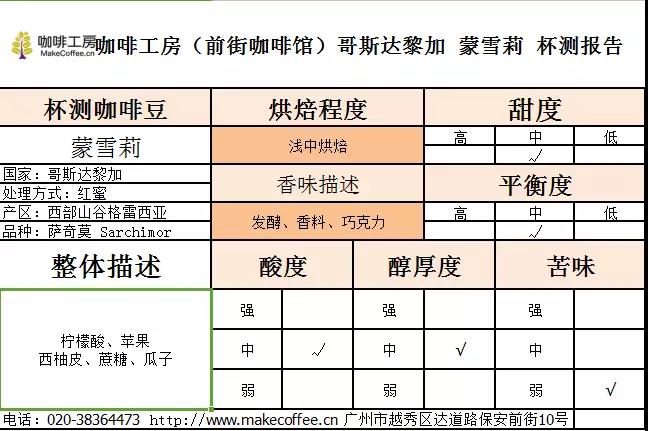
05 | Cooking analysis
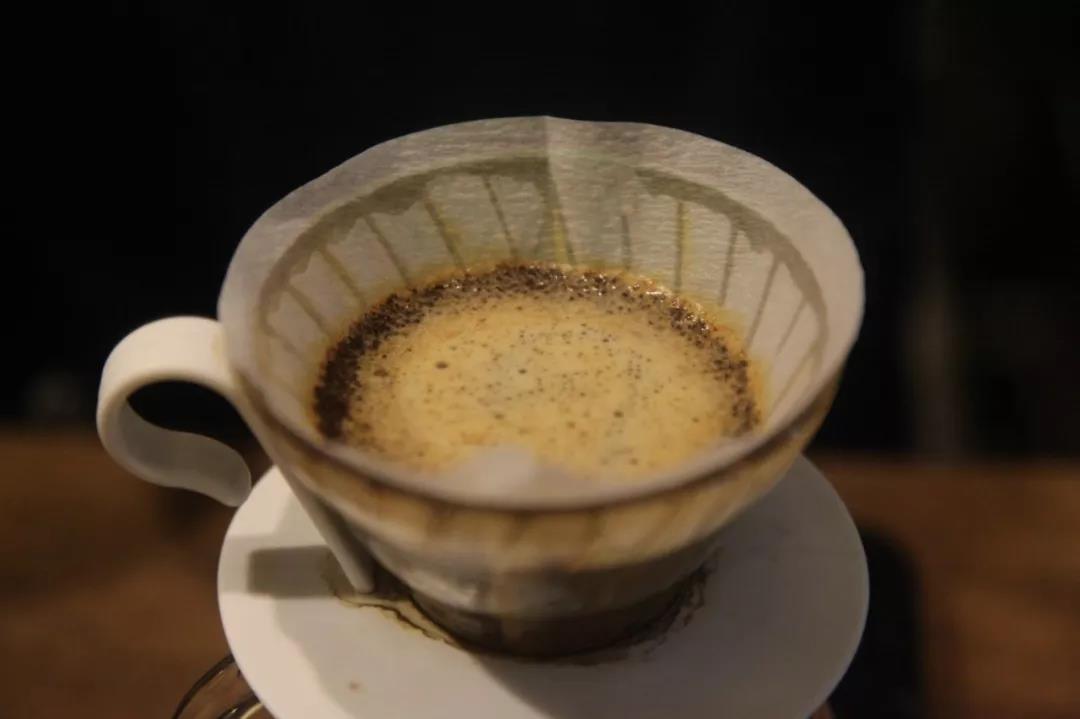
Recommended method: hand flushing
Degree of grinding: small Fuji 3.5 (medium and fine grinding)
Filter cup: V60
Water temperature: 90 ℃
Powder / water ratio: 1:15
Duration: about 2 '05pm'
Brewing and cooking techniques:
Steam 30 grams of water for 30 seconds, pour water to 120 grams for segments, and slowly end with 225 grams of water.
That is, 30, 120, 225.
Bean grinder
Grinding degree
Powder quantity
Filter cup
Little Fuji
3.5
15g
V60
Water temperature
Stuffy steam
The second stage of water quantity
The third stage of water quantity
Total time 2:05
90 degrees
30g water for 30s
90g
105g
Total water volume: 225g
This Costa Rican honey treats coffee beans
Sweetness: ☆☆☆
Acidity: ☆☆
Bitterness: ☆
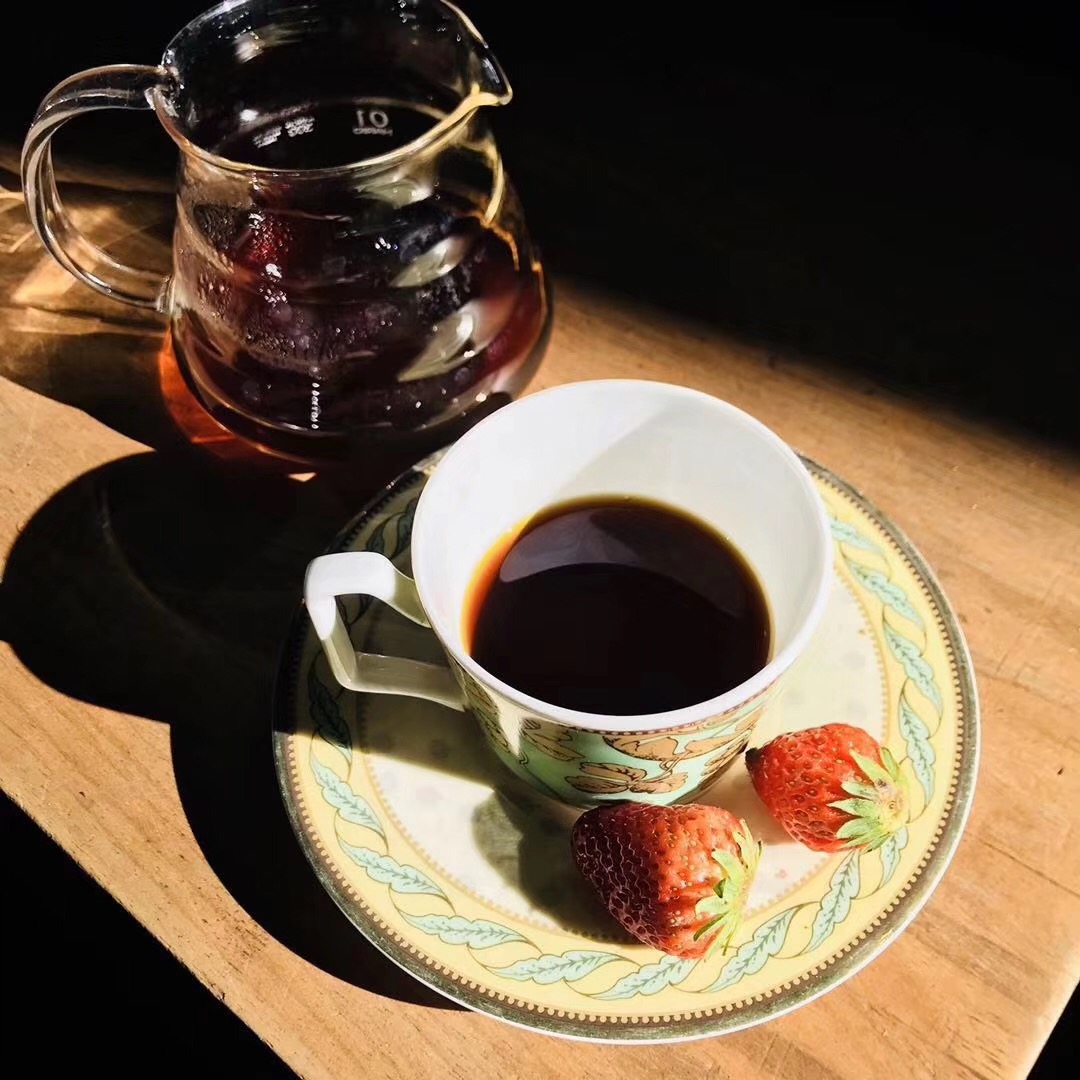
Important Notice :
前街咖啡 FrontStreet Coffee has moved to new addredd:
FrontStreet Coffee Address: 315,Donghua East Road,GuangZhou
Tel:020 38364473
- Prev

Is it a simple way to draw flowers in a coffee style? How to make the milk foam of fancy coffee? Heart-shaped coffee flower
Professional coffee knowledge exchange more coffee bean information please follow the coffee workshop (Wechat official account cafe_style) Coffee pattern simple practice? How to make the milk foam of fancy coffee? How to practice the flower drawing of fancy coffee? Eight practical steps, try slowly, don't worry: 1. At this time, I have a cup of Espresso and a pot of milk foam in my hand. Set 1 stroke 3 at the edge of the cup as
- Next
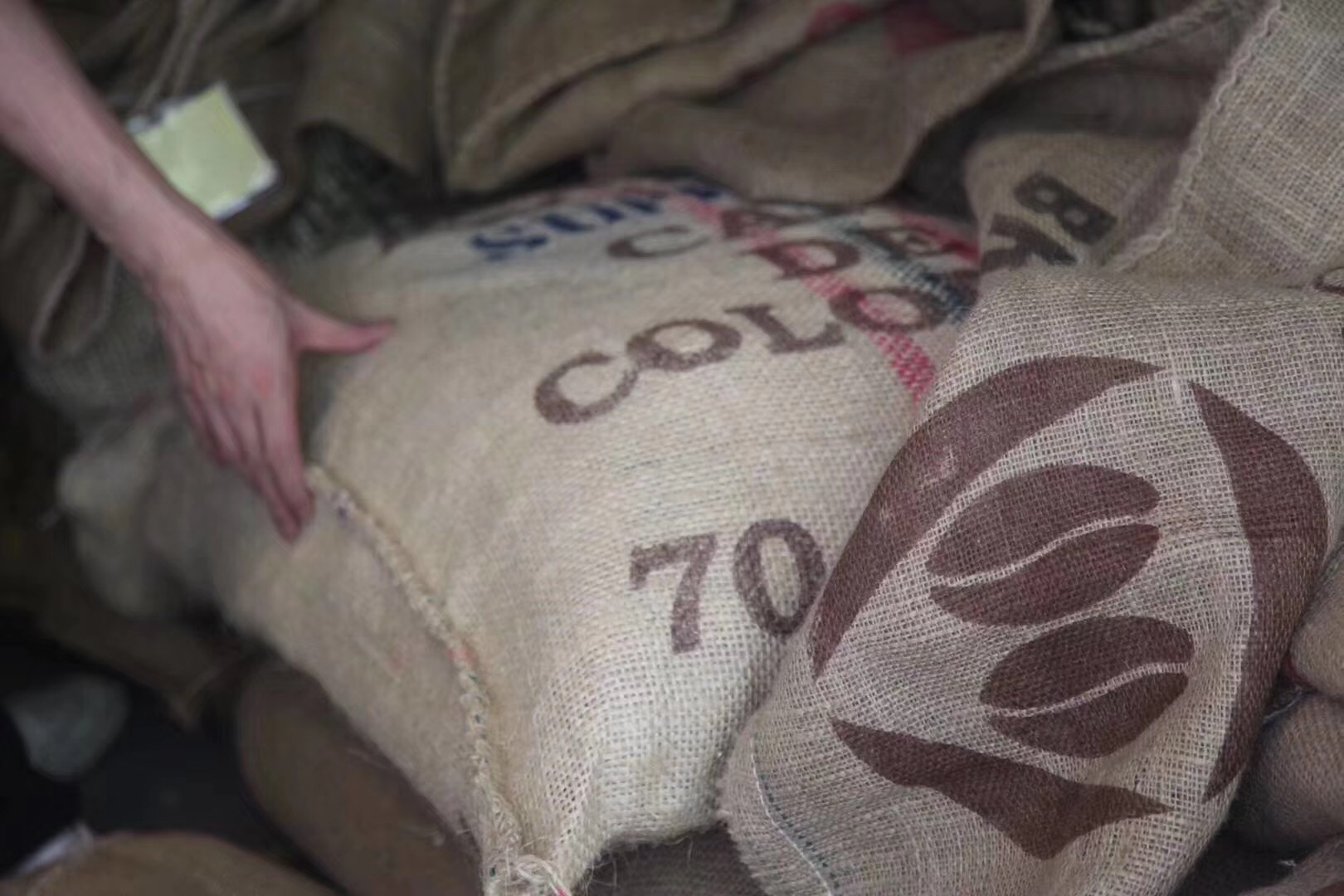
Colombia Cauca Zhuoyu Cup | Special selection of Chaoyue Cup washing in Colombia, Colombia
Professional coffee knowledge exchange more coffee bean information please follow coffee workshop (Wechat official account cafe_style) ▲ click to follow | Daily boutique coffee culture magazine coffee industry exchange please add private Wechat Qianjie, WeChat: (long click to copy) qiannjie Colombia Best of Cauca Colombian Cauca Zhuoyue Cup production area: Cauca Province Micro area: Suri Wei
Related
- Detailed explanation of Jadeite planting Land in Panamanian Jadeite Manor introduction to the grading system of Jadeite competitive bidding, Red bid, Green bid and Rose Summer
- Story of Coffee planting in Brenka region of Costa Rica Stonehenge Manor anaerobic heavy honey treatment of flavor mouth
- What's on the barrel of Blue Mountain Coffee beans?
- Can American coffee also pull flowers? How to use hot American style to pull out a good-looking pattern?
- Can you make a cold extract with coffee beans? What is the right proportion for cold-extracted coffee formula?
- Indonesian PWN Gold Mandrine Coffee Origin Features Flavor How to Chong? Mandolin coffee is American.
- A brief introduction to the flavor characteristics of Brazilian yellow bourbon coffee beans
- What is the effect of different water quality on the flavor of cold-extracted coffee? What kind of water is best for brewing coffee?
- Why do you think of Rose Summer whenever you mention Panamanian coffee?
- Introduction to the characteristics of authentic blue mountain coffee bean producing areas? What is the CIB Coffee Authority in Jamaica?

